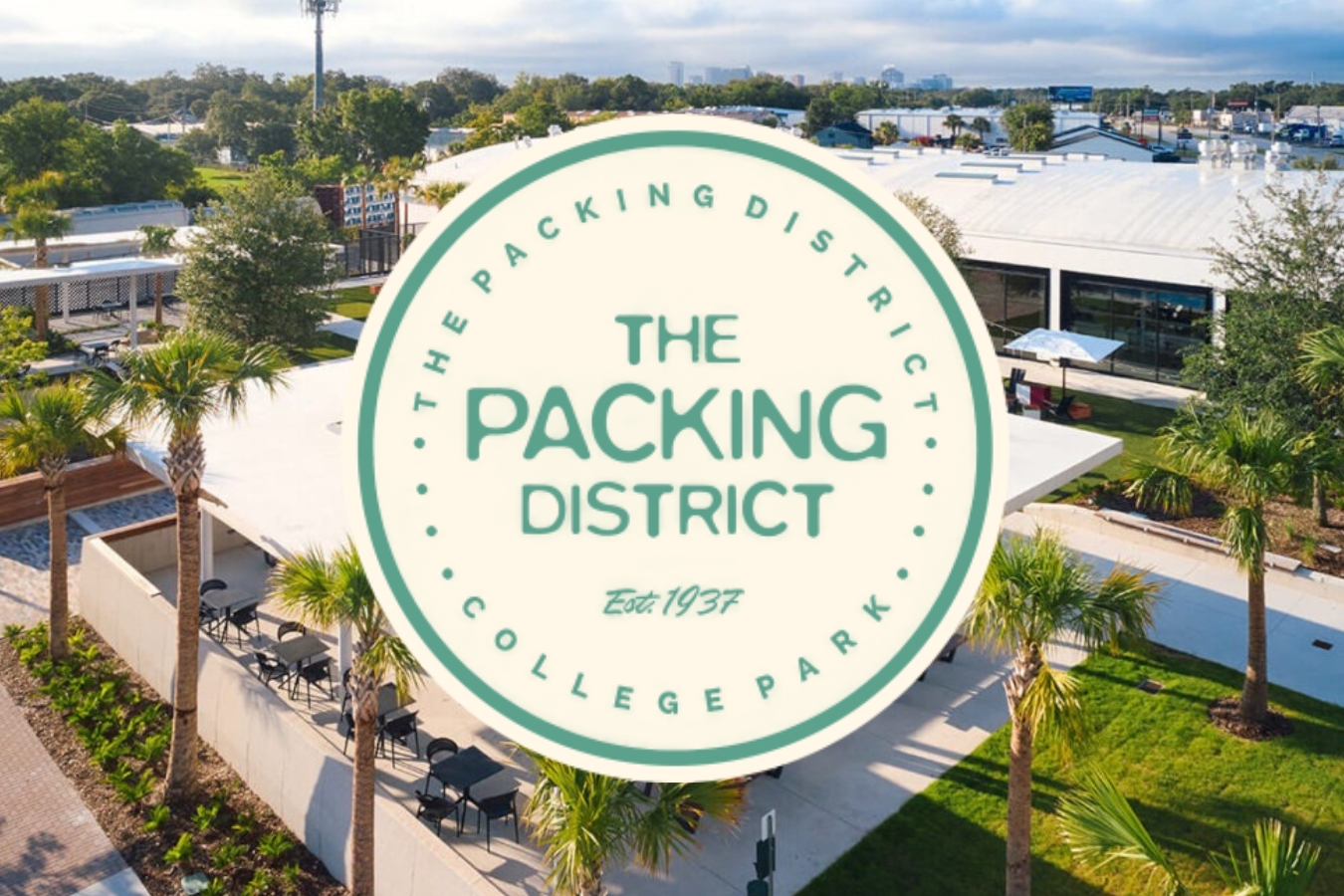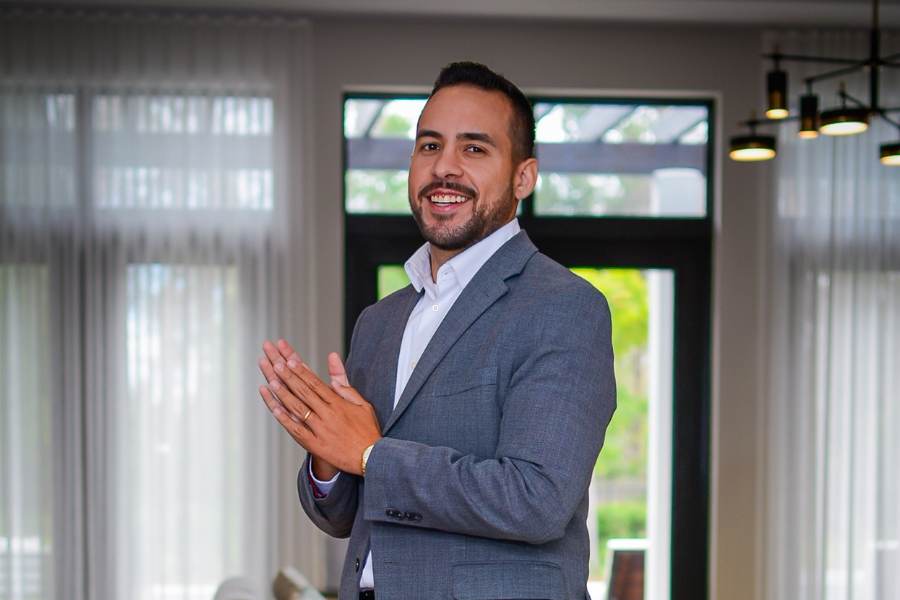Buying real estate in Florida even with the high dollar.
Many people are always giving themselves as a justification for delaying plans to invest in the American real estate market the forecast of the dollar going down. But is it really worth waiting?

The expectation of a lower dollar is the main reason why many Brazilians delay their plans to invest in Florida's real estate market.
There are many other justifications people give themselves, but the falling dollar is the strongest of them.
And it is no surprise, the dollar is high against the real.
But analysing the last few years, we can conclude that the reality of the high dollar is constant, the dollar has never returned to low numbers, from two to one, as many dream of.
With that, time goes by and when you look back, you see that that moment that was gone was better than now.
What's more, you realise that you have stopped profiting in dollars all this time.
History of the dollar exchange rate since the inception of the Real Plan.
We have the first record of the quotation of the dollar against the real dated 4 July 1994 when the American currency was traded at R$ 0.94.
The exchange rate remained stable in the following years, but at the beginning of 1999 it registered its first significant rise, 62.5% in practically a month, rising from R$1.20 at the end of 1998 to R$1.96 on the first day of February 1999.
In 2002, the dollar rose a record 71.74% from R$ 2.30 on 2 January, rising progressively to R$ 3.95 on 22 October.

In the following years, a gradual sequence of decline led the dollar to be quoted at R$1.58 on 21 July 2008, but with the global crisis that followed that year, the American currency reached R$2.49 on 4 December, a rise of 57.6% in less than six months.
The following years were maintained between slight falls and periods of stability, having been registered the quotation at R$2.22 in September 2014, when starts a process of constant high having in February 2016 the dollar quoted at R$4.02. Being a new record set with a high of 81.08%.
This historical process helps us look more clearly at the present moment.
For example, when in February 2020 the dollar was quoted at R$4.25 and three months later it was quoted at R$5.70, an increase of 34.12%, but if compared to other moments in our history, it was not the greatest increase.
At the time of writing, the highest recorded dollar rate in 2021 was R$5.83.
What to expect from the dollar?
The possibility of the dollar being quoted at R$2 is the dream of many investors, but the probability of this happening is very small, especially in the short and medium term.
In the long term, the chances of this happening depend on a very big change in the Brazilian political-economic scenario.

The country needs to develop a global confidence. And to achieve this it needs to carry out reforms and strategic incentives, value intellectual capital and create products and services that have added value.
Thus creating a large dollar inflow into the country, as foreigners would potentially be interested in investing in Brazil.
But as positive as we would like to be, we need to remember that just as we expect the dollar to fall, it could rise further.
There are lines of studies that believe that the dollar has strong opportunities to be quoted at more than R$6.
There is no way to predict if this will really happen and how much higher the dollar can rise. Since the domestic and global scenarios are going through a period of strong uncertainties.
Even with the high dollar, foreigners do not stop investing in Florida.
One factor fuelling the demand for real estate in Florida is that international clients are investing heavily in this market.
This is because, even with the dollar rising, foreign investors can benefit from this scenario, due to the appreciation of the business and the exchange rate.
Investors can achieve a good appreciation of their assets, provided they choose their investment portfolio carefully and think about long-term investments, as is the case of the Florida real estate market.
According to the National Association of Realtors' recently issued "Profile of International Transactions in US Residential Real Estate in 2020" report, foreign buyers purchased US $74 billion in residential properties in the US from April 2019 to March 2020.
With 35% of transactions, the largest percentage, being done by Latin American investors.
The average sale price of existing homes among international buyers was $314,600, 15% more than the average price of $274,600 for all existing homes sold in the US.
Why Brazilians continue buying real estate in Florida, even with the high dollar?
The first factor is that Florida is an anti-crisis state.
It attracts people from all over the world in search of entertainment, outdoor activities and shopping options. Offering excellent infrastructure and a subtropical climate most of the year.
But Florida does not only attract tourists, it is also the state of desire for those who want to live and invest.
Because it is in full development and is home to several research companies, medical centres, engineering and technology, Florida offers numerous job vacancies with great salaries.
In addition, the Florida government encourages the emergence and development of companies in the region, which increases the number of local businesses.
For these reasons, investing in the Florida real estate market becomes an excellent investment, due to the security of the business and the possibility of generating good profits.

But it's no use being a place with great investment potential, if by dollarising your assets you don't come out ahead, right?
And this is the second reason why Brazilian investors continue buying real estate in Florida, even with the high dollar.
We will use the thinking of many of our clients as an example, so that you understand the mathematics behind this negotiation.
While many investors expected a 10% improvement in the dollar exchange rate, the real estate market in Orlando saw a further 20% correction in 2020.
A Brazilian who bought a house for $100,000, with the exchange rate of the American currency at R$5.40, paid R$540mil reais for the property.
Those who did not invest, believing that in a year the dollar would fall to R$5 Reals and with the correction of the property of 20% in a year, the same house starts to cost $120,000 and the Brazilian investor pays, in this new scenario, R$600,000.
So, if you are waiting for the dollar to go down to buy the house, when the dollar goes down (and if it does), the house you might have already bought, has appreciated in value.
And instead of you having an investment that has appreciated in value, you will have to invest in something that is more expensive.
The rise in the dollar gives the impression that you are spending more, however, by investing in the Florida real estate market, which has great potential for appreciation, you stand to gain, including with the exchange rate of the currency itself.
Through our consultancy, with a global vision of the market, our clients understand how this exchange rate mathematics works and how investing in the Florida real estate market is one of the best ways to dollarize assets and gain with the rising dollar.
Be part of this select group of investors, contact Selecta Realty.
Don't wait for a new best moment. If you are ready, start now.











